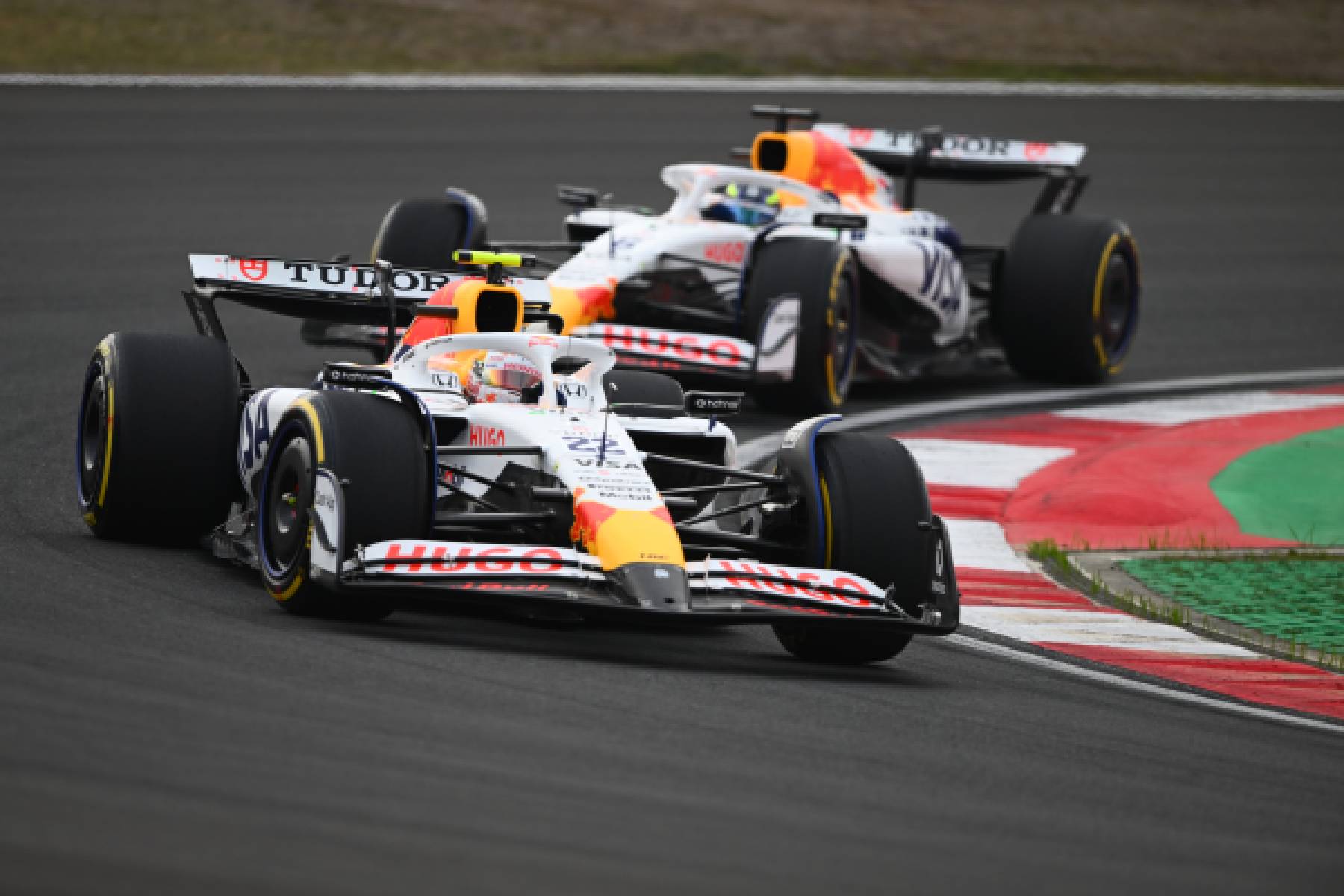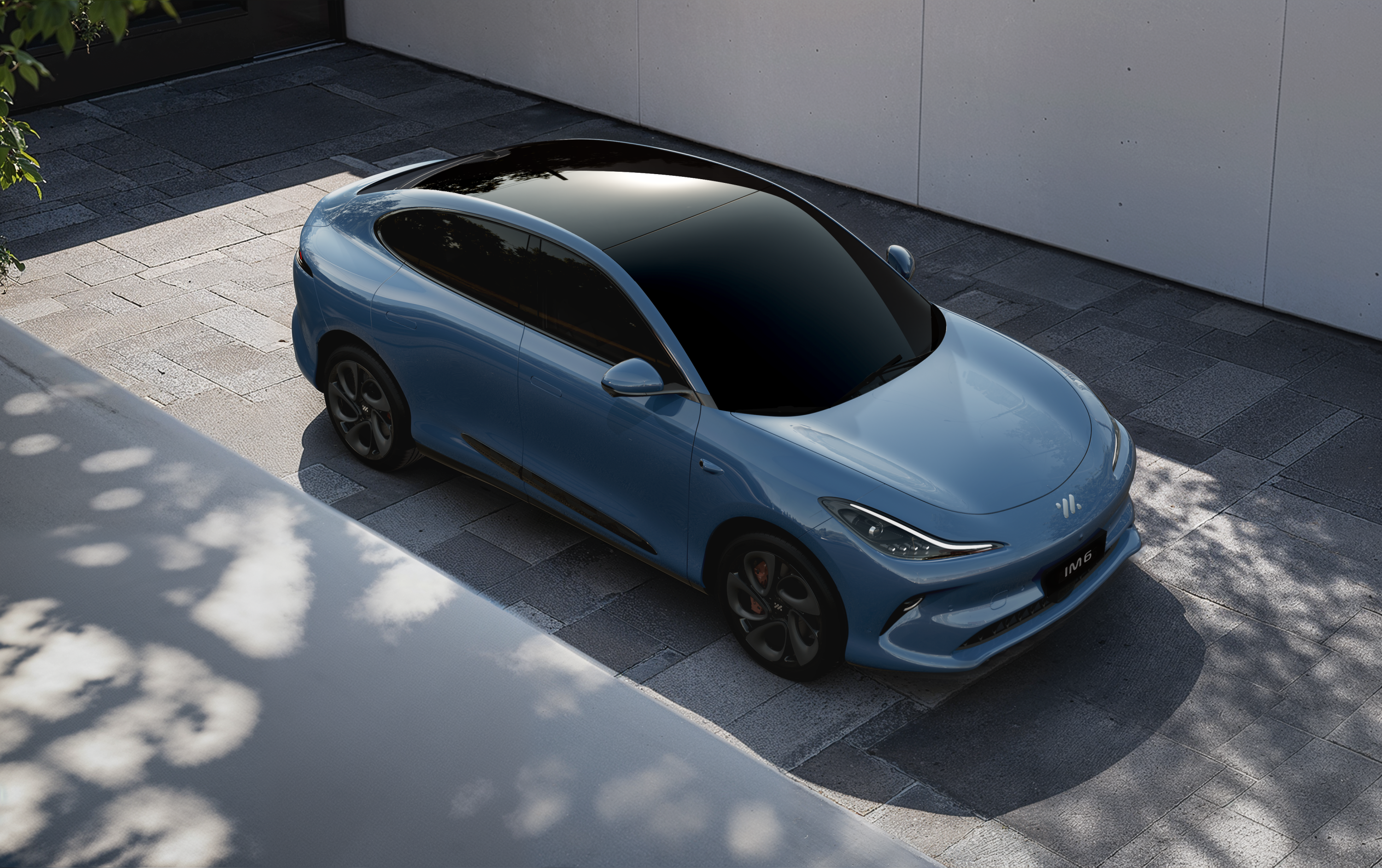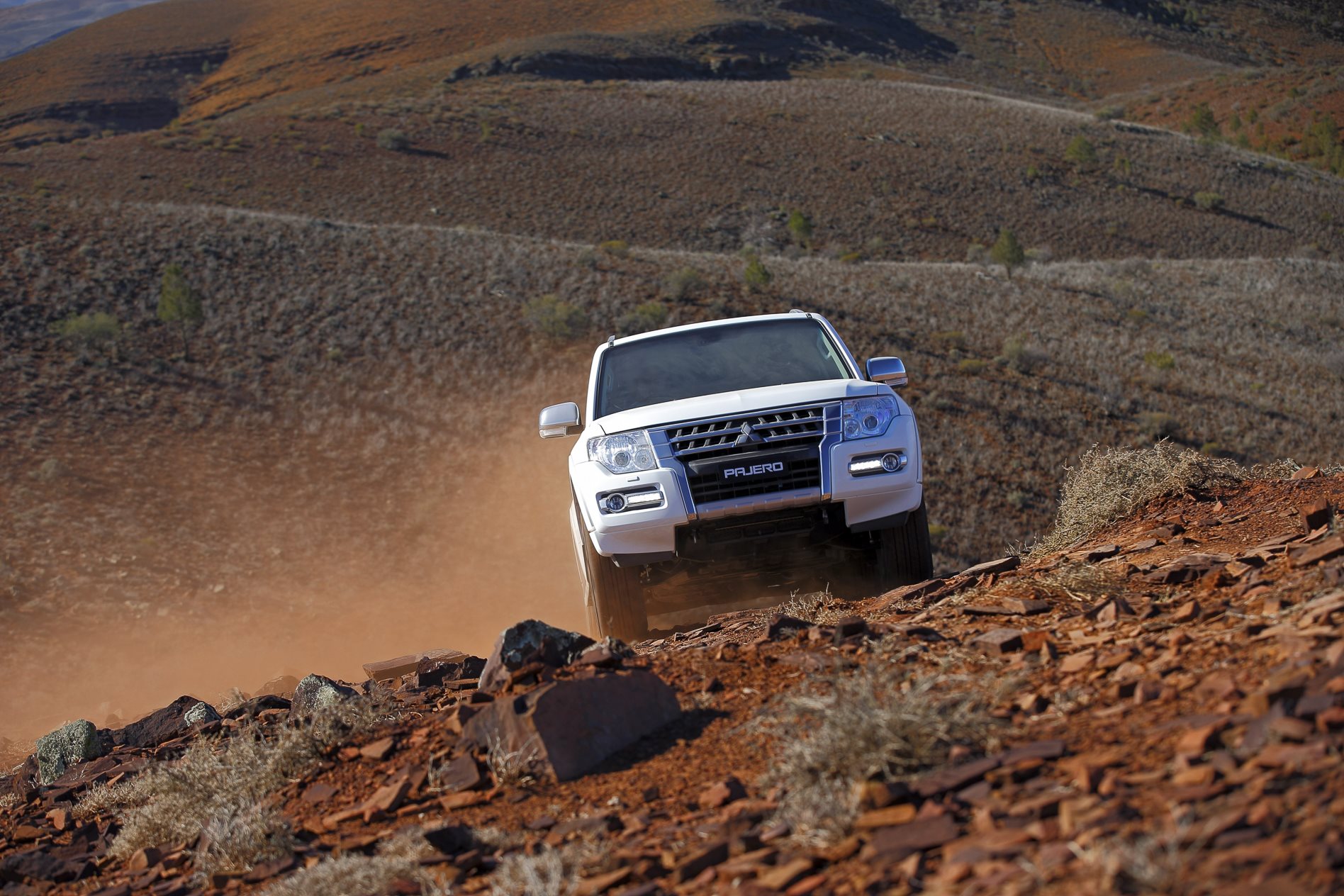
It’s one of the oldest cars in an old line-up, but the Mitsubishi Pajero’s luck has finally run out.
The large 4×4 – long a mainstay of the company’s local arm, has finally reached the end of the road after Mitsubishi announced it will close the plant that builds it early next year.
The company announced in 2018 that the Mitsubishi Pajero – also known as the Shogun in other countries – would leave the Japanese market that it had served for so long, but exports would continue.
However, as Mitsubishi cuts costs across its portfolio, economic reality has finally won the day.
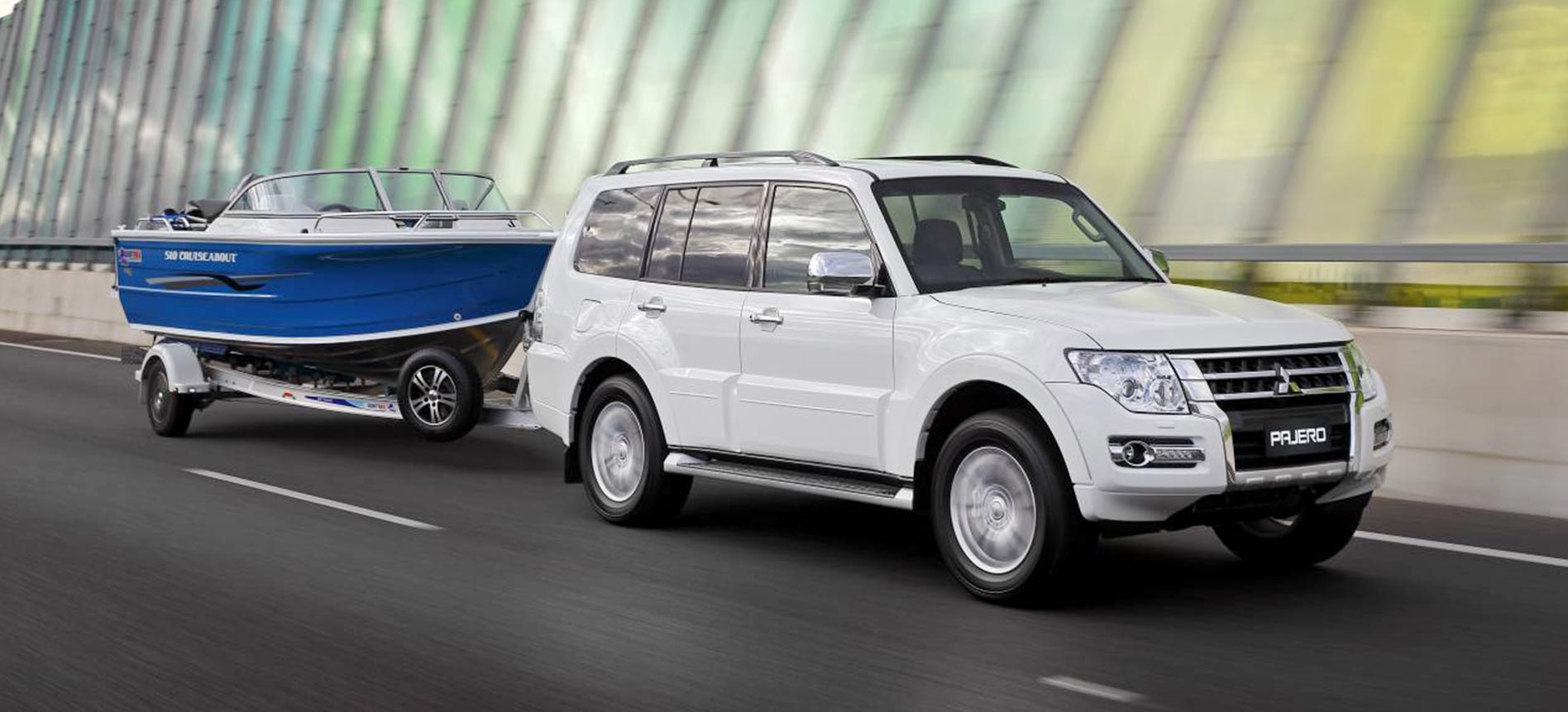
A board meeting resolved to close the Sakahogi plant in Japan, where some 63,000 cars were built last year.
Other Mitsubishi products made in the plant – including the Outlander – will be moved to a newer facility in Okazaki, but mooted plans to replace the Pajero with a unibody large SUV in partnership with the next-generation Nissan Pathfinder from 2021 have been scrapped.
Mitsubishi – which announced that it would also withdraw from European markets – will now look to the Triton-based Pajero Sport as its offroad wagon.
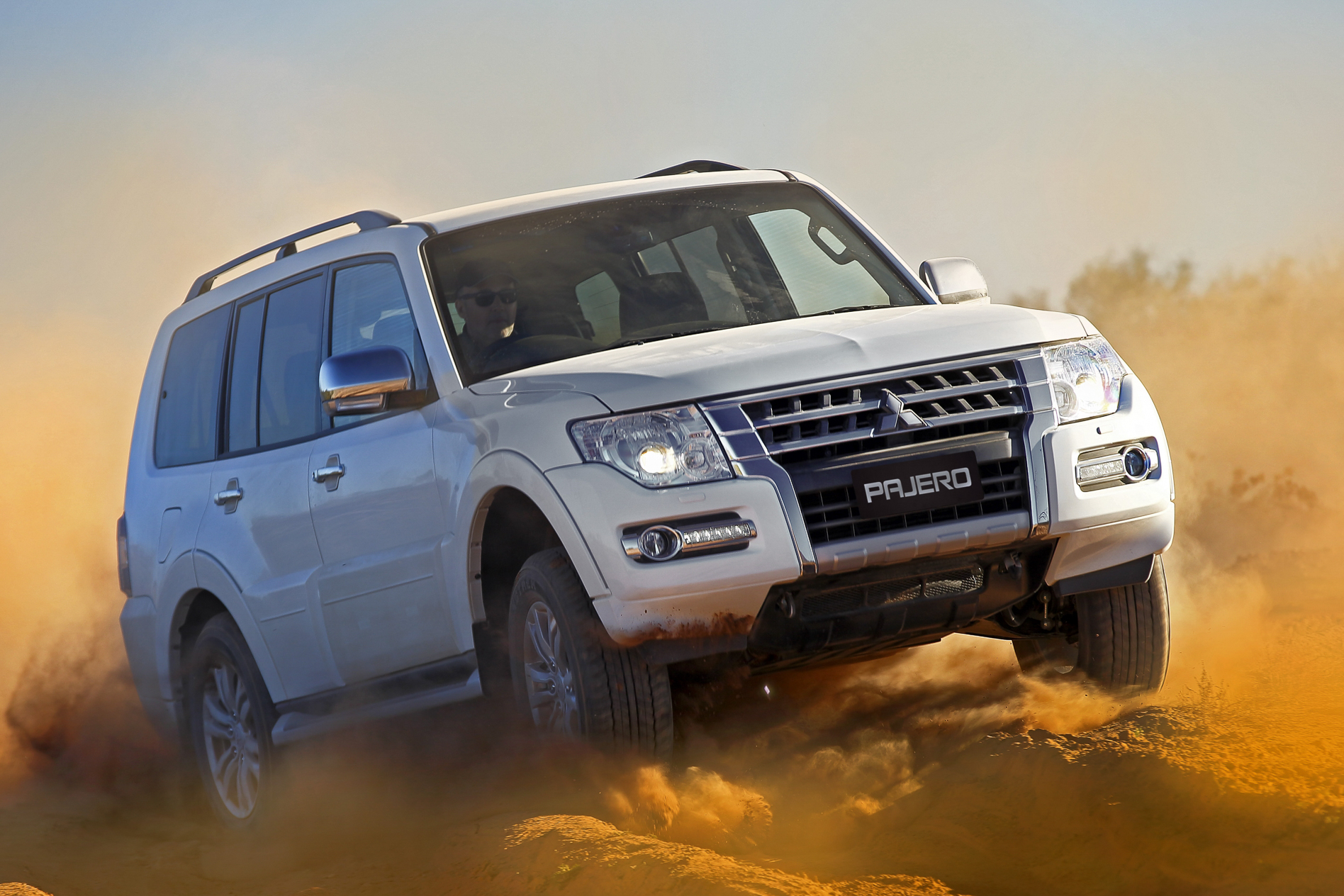
The Pajero was given an update for Australia for 2020, with a simplified 2020 line-up now comprising of the base-model GLX at $53,990 and the upper-spec GLS at $59,490, the latter getting a Rockford Fosgate 12-speaker premium audio system.
Other tweaks as part of this update include the addition of an auto high-beam function, HID headlamps with auto-levelling and headlamp washers as standard to the GLX model.
It sells less than half of the tally of its smaller stablemate, the Pajero Sport, but it’s almost outselling the much more modern Ford Everest.
Locally, Mitsubishi is in no rush to see the Pajero disappear from local showrooms; in fact, the company makes a lot of hay here with its fleet of older cars that include the popular ASX and Outlander SUVs.
A Mitsubishi spokesperson told WhichCar that the Pajero has a lot of fans in Australia.
“We understand the factory will continue to make cars until the end of the Japanese financial year, and we’ll continue to sell the Pajero as long as people want it,” the spokesperson said.
The brand celebrates its fortieth birthday in Australia in October, and the Pajero has been part of the company’s fleet in one form or another since the beginning.
The Pajero bid sayonara to its home market via a Final Edition model, which was limited to 700 units. The spokesperson wouldn’t be drawn on whether a similar Final Edition would be offered locally.
The current Pajero can trace its lineage back to 2000, with the last major update coming in 2006.
While a plan for a new Pajero to partner with Nissan’s similarly laid-out Patrol was mooted as far back as 2016, it has evaporated in the face of softening sales for both the brands and large 4x4s in general, as safety and emissions regulations become more onerous.
The Pajero’s current platform, for example, doesn’t support the addition of items like AEB and adaptive cruise control, for example, while mild hybrid systems – like in the brand’s Outlander PHEV – also need to be factored into future platform plans.
As well, continued unrest within the Nissan-Renault-Mitsubishi Alliance has put paid to a number of platform-sharing projects.


